COMMENT: Why electric car chargers are a nightmare on the road
Thousands of Australians are making the leap to electric cars every month – and many are in line for a rude shock.
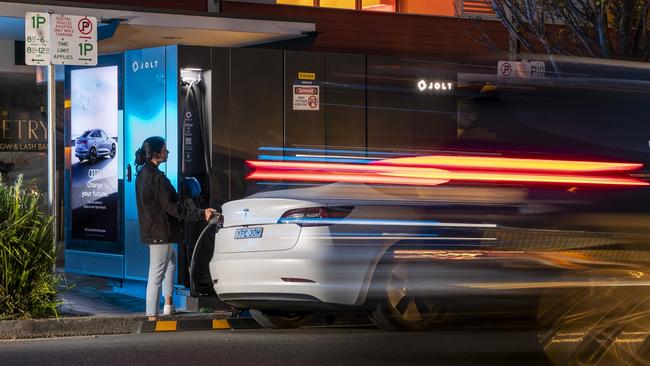
Motoring News
Don't miss out on the headlines from Motoring News. Followed categories will be added to My News.
COMMENT
Electric cars are hard to live with if you can’t charge at home.
Folks with access to off-street parking with mains power – or better yet, solar panels – will save on running costs compared to petrol-powered machines, enjoying the convenience of a life without service stations.
But people reliant on public charging points suffer a bumpy ride.
The nearest charger to my house is a shocker.
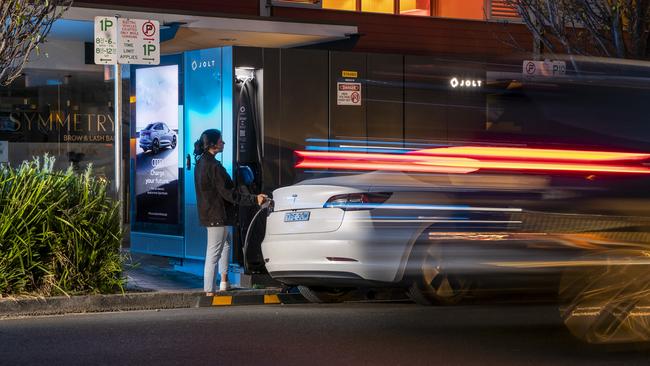
Set roadside near an intersection on a busy road, it’s a poorly lit space that feels hazardous after dark.
Customers at this Jolt charger are asked to park on a speed bump across from a train station with busy Metro and Ampol service stations a few metres away.
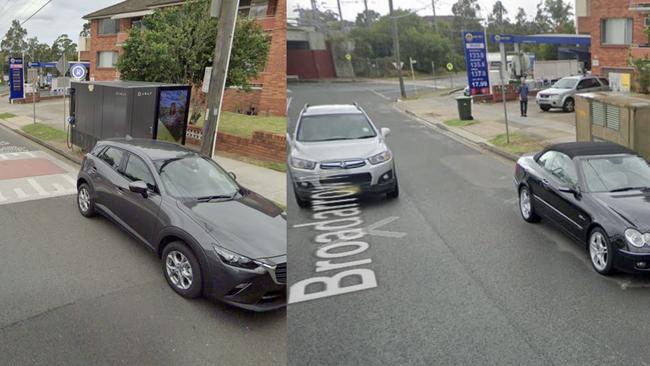
Dozens of vehicles passed in close proximity to our electric car during a 30-minute charging stint this week.
Jolt converts existing electrical boxes into electric car charging sites with large digital advertising displays.
It says something about the company’s priorities that a media release issued on Tuesday described Jolt as “Australia’s first and only carbon negative verified digital out-of-home advertising network and Australia’s first free electric vehicle charging network”.
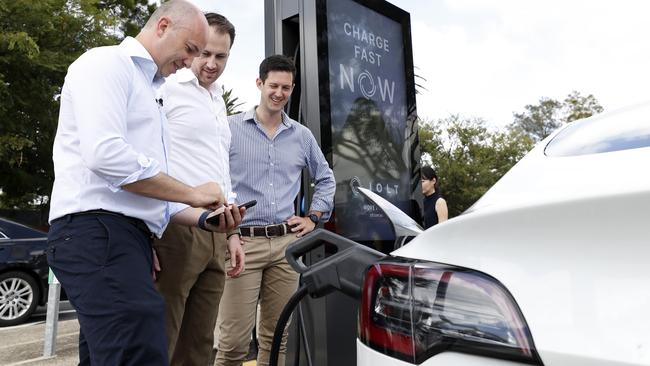
The Jolt chargers are slow and don’t have an electronic display, which makes you think that providing electricity to green cars is a secondary purpose for the service.
A Jolt spokeswoman defended the brand’s charger placement, insisting that “customer safety is our priority”.
“Before chargers are installed, rigorous safety and compliance checks are carried out by ourselves and Local Advisory Committees at every site to ensure that when customers park in the marked areas, it’s deemed safe for the vehicle to charge,” she said.
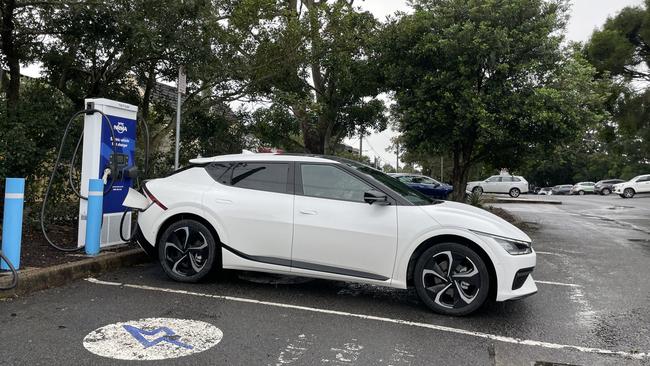
At least it is cheap.
The first 7kWh of a Jolt charge is free, giving customers about 50 kilometres of range before they have to pay for power.
My charging frustrations extend well beyond Jolt.
Personal experiences include an NRMA charger that only worked when its heavy charging cable was lifted away from the car, allowing a fragile connection to take place.
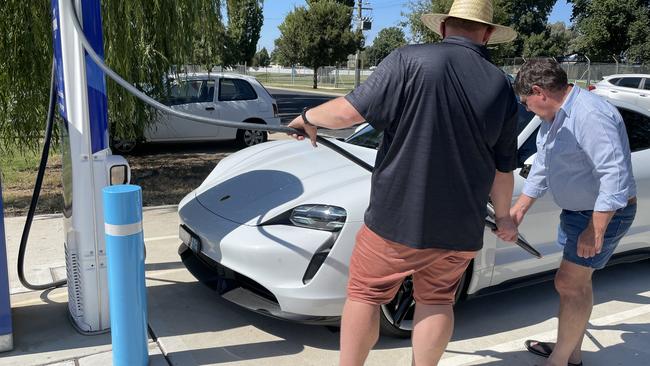
A Chargefox station at Berowra delivered roughly one third of its advertised 75kW charging rate while billing a premium rate to my credit card.
Another in Goulburn supplied about half of its claimed rate to an electric Mercedes.
I’ve encountered more than a few charging stations that were vandalised or out-of-order, which is worrying when chargers are far less prevalent than petrol stations.
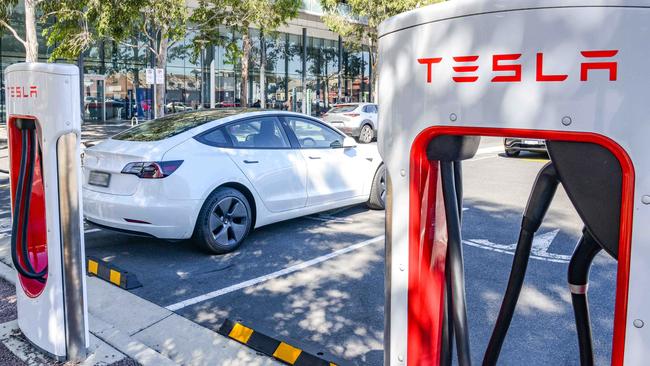
And that’s without delving into the frustrating experience of arriving at a public charging point to find other electric motorists in a queue that could take hours to resolve.
The rapid growth in Australian electric vehicle sales has not been matched in kind by EV infrastructure.
It’s easiest to charge at home but even that has its pitfalls.
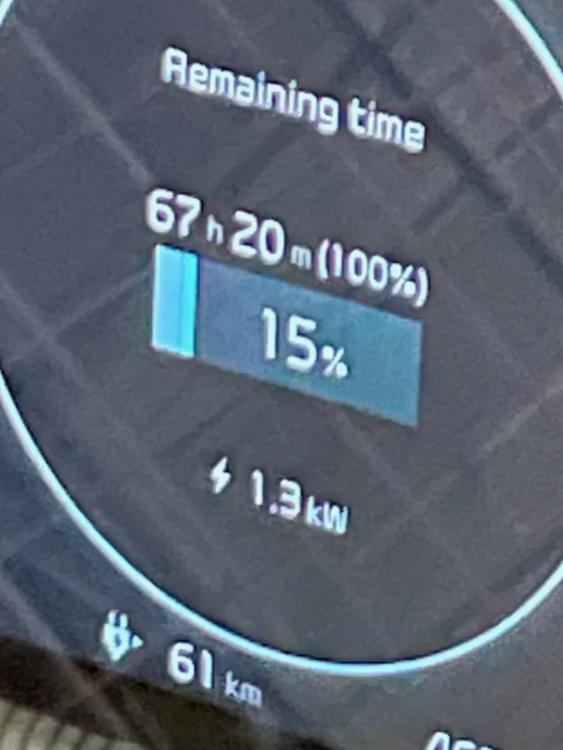
A Kia EV6 electric car needed almost three days to reach a full charge using a household power point following a return trip from Sydney to Newcastle.
Electric cars are smooth, fast and near-silent on the road, but owners need to exercise a degree of patience and planning that isn’t necessary in conventional vehicles.
Otherwise, the electric car dream can quickly become a nightmare.
Originally published as COMMENT: Why electric car chargers are a nightmare on the road


